Why does the land turn green in the greenhouse and in the garden?
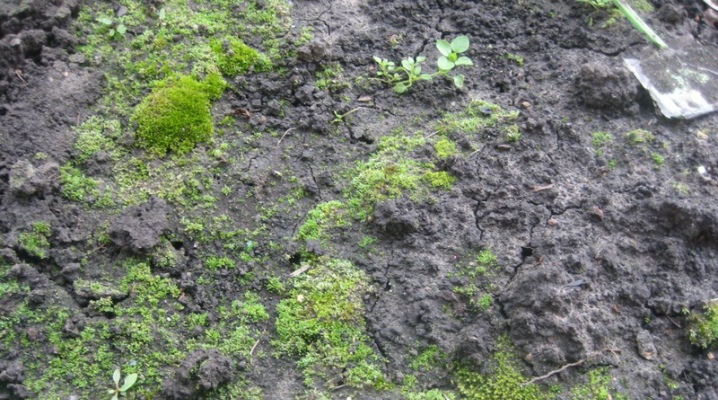
Gardeners and gardeners, even with proper care of plant crops, sometimes face a situation in which the land turns green on the site. The soil can turn green both in open beds and in a greenhouse. In this case, the soil is covered with bloom for several reasons. First of all, it is important to understand why the earth has turned green and what measures need to be taken to solve the problem.
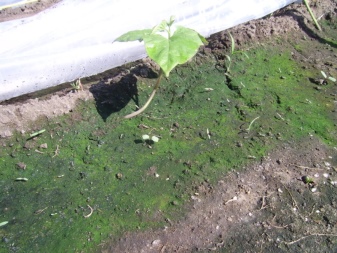
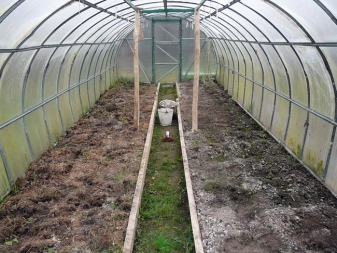
Main reasons
The appearance of greenery indicates the spread of mosses or various algae on the soil. Their disputes are in the environment. They can be brought to a personal plot or greenhouse by wind currents, water for irrigation. In unfavorable conditions, spores die.
In a comfortable environment, these parasites are able to multiply rapidly, leading to a discoloration of the soil.
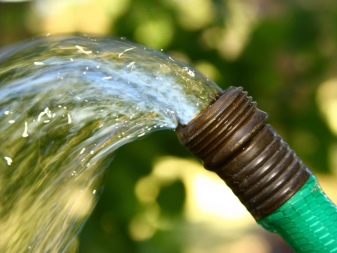
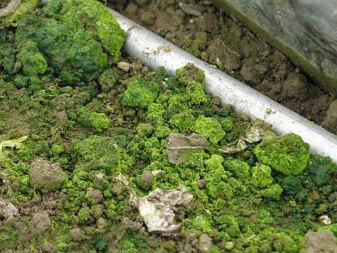
There are several factors that contribute to the creation of favorable conditions for the spread of algae and mosses.
- Excessive moisture. Most often, gardeners are faced with the appearance of green plaque on the soil after winter. In spring, when the snow melts, the areas are flooded with water. In addition, excessive watering of crops, frequent rains can provoke the appearance of mosses or algae. Excess moisture gets into a polycarbonate greenhouse due to groundwater, which can rise high with heavy precipitation. Excessive moisture is a common cause of greening in indoor flower pots.
- High soil acidity. Moss is very fond of acidified soil. Acidic soil is a favorable environment for the development of these parasitic plants. At elevated levels of acidity, the ground can quickly become covered with a green carpet.
- Excessive application of phosphorus fertilizers. You need to feed the plants correctly, strictly observing the dosage prescribed by the manufacturer. An excess of phosphorus in the soil is much worse than a lack of it. On the soil overly fertilized with phosphorus fertilizers, mosses are actively developing.
- Lack of ventilation. If the ground is covered with moss in a greenhouse or greenhouse, it is important to analyze the regularity of the ventilation. In the absence of proper ventilation, mosses and algae appear on the soil surface.
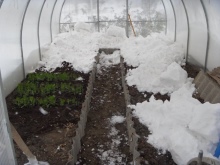


The land in the garden can turn green due to neglect of digging and mulching. In loose soil, proper air exchange is carried out. If the structure of the soil is disturbed, it absorbs moisture worse - as a result, water seeps deep into the ground slowly, after watering it often stands idle on the surface of the beds.
These are ideal conditions for active reproduction of mosses and algae, especially in greenhouses and greenhouses.
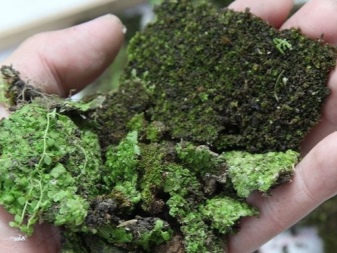

How to get rid of the problem?
When a green bloom appears on the soil in the garden or in the garden, you need to immediately begin to fight it. Mosses and algae are able to take away most of the nutrients from the soil, which is why plants planted by a gardener may be deficient in mineral components. In turn, their shortage will negatively affect the productivity of crops.
There are several ways to remove greens from the soil surface. Let's talk about each of them in more detail.
Mulching
This process means covering the ground with a layer of mulch on top. It protects the soil from various adverse factors and improves its properties. Various organic and inorganic components can be used as mulch. For these purposes, gardeners often use:
- sawdust;
- grass;
- straw;
- hay;
- compost.
Some people use coniferous needles as mulch. However, they must be used with caution, since the needles can increase the acidity of the earth. It is highly undesirable to mulch acidic soil with coniferous needles.

The use of mulching allows:
- reduce the risks of excessive soil moisture;
- maintain the optimum temperature around the crops;
- avoid rapid and sharp heat dissipation from the ground;
- saturate the soil with various plant nutrients (when using organic mulch).
Experienced gardeners and gardeners recommend mulching in spring or early summer. It is not recommended to add mulch before this time - otherwise, the layer may rot in unheated earth.
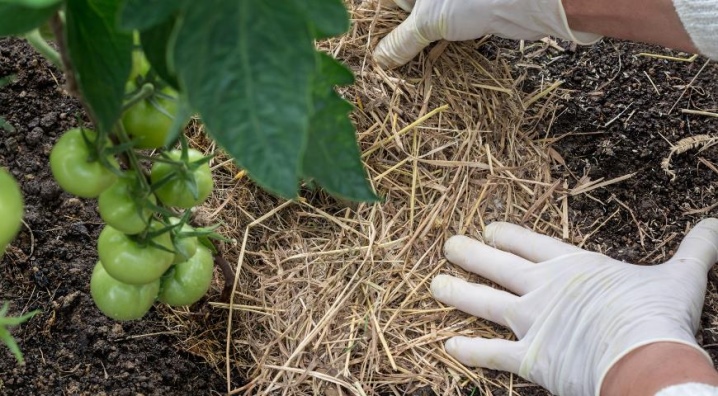
When mulching, you need to follow a number of rules:
- the soil should be well shed with water;
- after watering, the top layer must be loosened with a hoe or hoe;
- to make the soil more loose, you need to make many holes in the soil with a pitchfork.
When adding a layer of mulch, it is important to leave a small space next to the plant - this will promote better air circulation.
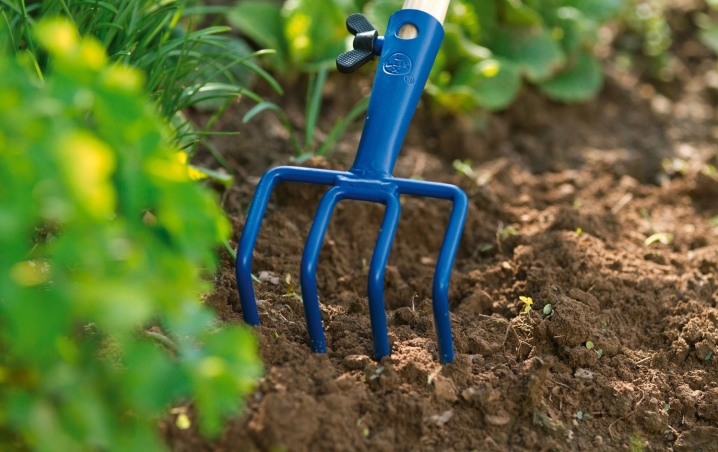
Normalization of acidity
On acidic soils, mosses and algae actively grow. If the ground is covered with a green carpet, do not immediately reduce the acidity level - first of all, you need to check the indicators. To do this, you can use specialized devices or resort to folk measurement methods.
Methods for determining the acidity of the earth.
- Take a small amount of soil to a specialized laboratory - they can calculate acidity with an accuracy of thousandths.
- Litmus paper. It can be purchased at pharmacies, chemical stores or seed stores.
- Soil meter. These appliances are available at many hardware stores. With its help, you can determine not only acidity, but also indicators of moisture and soil temperature.

To quickly determine the acidity of the soil using improvised means, gardeners recommend taking a few currant or cherry leaves, a container and boiling water. The leaves need to be poured with hot liquid, and after it cools down, throw some earth into it. If the soil is acidic, the water will turn red. Green color will tell about neutral acidity, and blue - about slightly acidic environment.
You can judge the acidity of the soil by the presence of weeds on the site. Overly acidified soil is loved by the following plants: nettle, plantain, horsetail, willow tea. The slightly acidic soil is home to coltsfoot, clover and wheatgrass.
If the soil is acidic, measures should be taken to reduce acidity. For this, it is recommended to use lime or dolomite flour, chalk. These components must be scattered around the perimeter of the site in small quantities.

Replacing the top layer
This is the most difficult method for dealing with mold, mosses or algae. You need to resort to it only if the other methods did not help solve the problem. Replacing the top layer of the earth requires serious time and effort. Such an event is recommended to be carried out in the fall after the complete harvest.
Soil replacement includes several stages:
- removal of the upper soil layer (the thickness should not exceed 0.3 m);
- surface treatment with quicklime;
- slaking lime after 24 hours using ordinary water.
After 2-3 days, fresh soil can be laid on the plot or in the greenhouse.
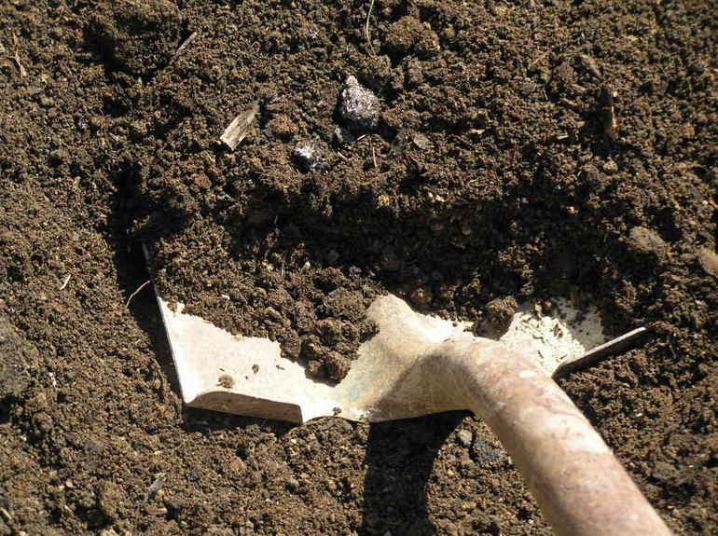
Crop rotation
Excessive fertilization of the soil often causes the appearance of mosses and algae on its surface. If crops are grown on the site that require a large amount of minerals and other nutrients, you need to resort to crop rotation. It is aimed at the rational use of land resources.
All grown plants can be classified into 3 types:
- requiring frequent and abundant fertilizing dressings;
- giving good yields when grown on medium-fertilized soil;
- needing a minimum amount of fertilizers for active growth and vegetation.
For 3 years, representatives of these crops need to be planted in turn, starting with group 1 and ending with the last. After that, it is recommended to take a break of 1 year. During this period, the soil should be well fertilized.
Thanks to the correct crop rotation, the risks of depletion of mineral reserves in the soil can be eliminated.
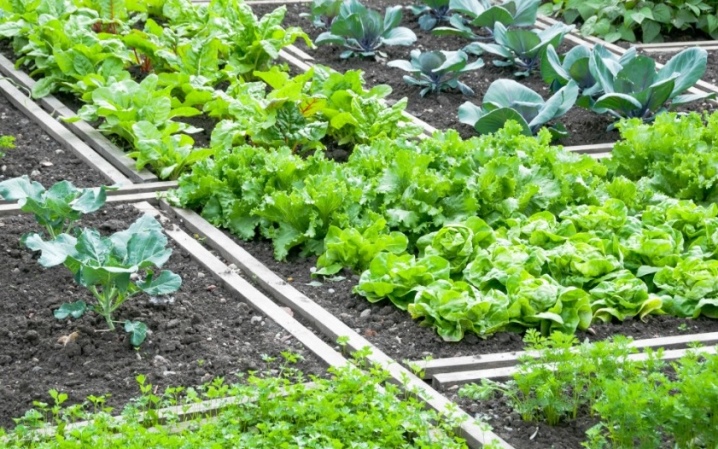
Use of chemicals
To combat green growth, special preparations are used, which can be found in seed stores. Plowed soil can be treated with Bordeaux liquid or copper sulfate. For a greater effect, experienced gardeners recommend independently preparing a solution based on copper sulfate and slaked lime. For this you need:
- Dissolve 200 g of lime in a liter of boiling water;
- top up with cool water up to 10 liters;
- strain the solution through a sieve.
The same actions are performed with copper sulfate, after which the resulting solutions are mixed. This composition is used to treat the soil before planting.
Iron sulfate or herbicides can also be used to cultivate the land.
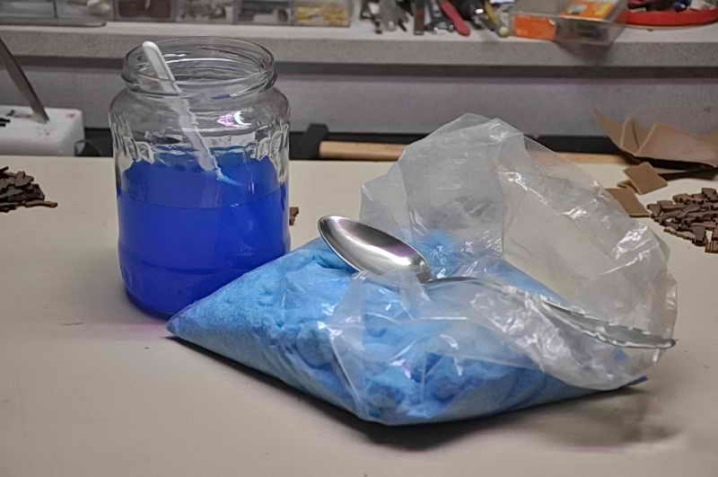
Prevention measures
Many gardeners and gardeners are interested in what needs to be done to prevent the appearance of green plaque on the soil. The best prevention in a greenhouse is the correct location of the structure. To reduce the risks of the development of mosses and algae, it is necessary to abandon the installation of buildings in lowlands and in areas with nearby groundwater. To prevent waterlogging of the soil, it is recommended to install a drip irrigation system. Greenhouses and hotbeds need to be regularly ventilated, as well as digging earth in them every year.
In open areas, the rules of crop rotation should be observed. Another important preventive measure is the annual partial renewal of the land. To avoid the appearance of green plaque, it is necessary to regulate the acidity of the soil, adding lime or dolomite flour as needed.
Gardeners and gardeners are advised to regularly mulch the soil, as well as correctly apply fertilizers, avoiding their overabundance in the soil.
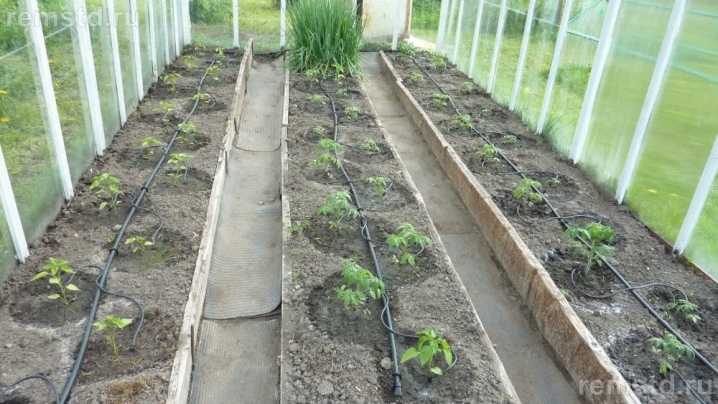
By adhering to these rules, you can avoid the reproduction of algae and mosses on the site and in the greenhouse.
For information on how to eliminate greening of the earth, see the next video.





























































The comment was sent successfully.